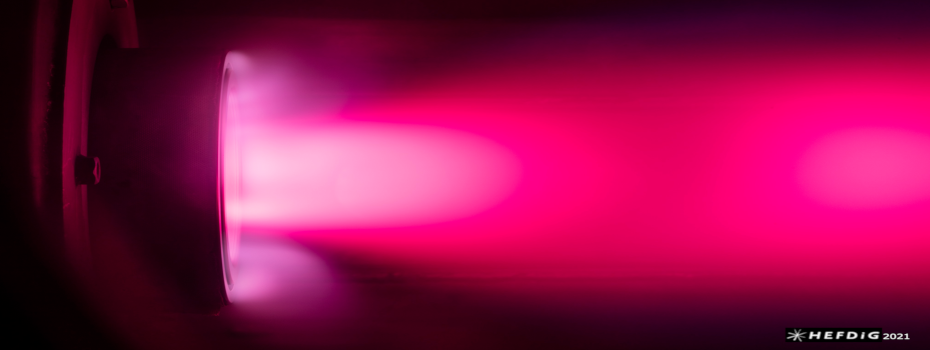Conveners
Numerical Simulations
- Christian Mundt
- Louis Walpot (ESA/TEC-MPA)
Numerical Simulations
- There are no conveners in this block
To protect space vehicles of the extreme heat loads during atmospheric entries, appropriate heat shields are necessary. For the higher entry speed class of missions, their design requires the characterization of the both the incident radiative heat flux and associated uncertainties, as well as the impact of radiative cooling in the flow field. An accurate prediction of these properties is also...
Space exploration has become a stronghold in aerospace engineering. Understanding the dynamic behind hypersonic flows is crucial for the design of thermal protection systems of space vehicles. The extremely high flight velocities of such bodies while entering in the atmosphere induce the formation of strong shock waves in front of them: in the downstream region, non equilibrium takes place due...
Ablative thermal protection systems (TPS) reduce the heat flux on a spacecraft during atmospheric entry through a number of effects. Modern materials consist of a porous carbon preform which is infiltrated with phenolic resin. During reentry, the resin inside the material pyrolyses which leads to the outflow of cold pyrolysis gases towards the surface and ultimately into the boundary layer and...
Background of the study : The windward side of a re-entry vehicle needs to be protected by a heat shield, made of advanced thermal protection materials (TPMs) to overcome the tremendous amount of heat loads during planetary entry. Because in-flight testing of new TPMs is prohibitively expensive, the extreme heat loads imposed on a thermal protection shield during hypersonic re-entry are...
The latest decadal planetary science survey recommended an orbiter and probe mission to Uranus [1]. Set to launch within the decade, now is an opportune moment to review kinetic data relevant for the design of this mission. The dissociation rates of molecular hydrogen are relevant for more accurate assessment of the convective heating experienced by an entry probe. Furthermore, in the last 20...
Europe’s access to space today relies primarily on the Ariane 5 family of heavy lift launchers and the Vega launcher for small payloads. The successful development of these launchers depends on finding solutions in the critical and challenging areas of propulsion and aero-thermodynamics, which are the key elements of any launch vehicle. In the past, aerodynamic and aero-thermodynamic...

